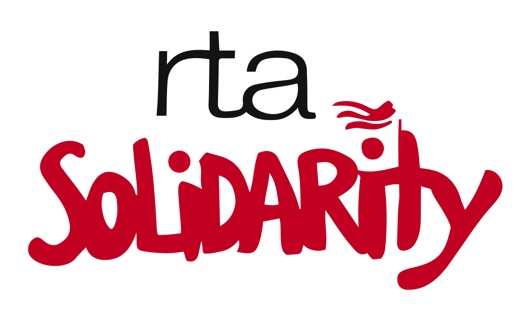Often the question is asked, “What has the Union done for me?” Looking back over past-negotiated contracts, one can only conclude that the union has done many things to enhance and improve the professional life of teachers and those of their students. Prior to the RTA first negotiated contract, management had most of the rights and teachers little or none. The first RTA contract was negotiated in 1965 which contract was forty-seven pages in length and included very basic teacher rights and working conditions. Teachers were only given a fifteen-minute planning period and class sizes ranged from 27 to 33 in elementary schools and secondary schools with music and health classes as large as 60 students. There was no language regarding adhering to lower class limits, and no language about paraprofessional support if the class averages were over 27. Since 1965, the contract now includes specific language about class size and in the last negotiations sessions, class size was further reduced at all grade levels.
Women who had become pregnant had very few rights. They had to either take an unpaid leave of absence or resign from the district. Now women can use their accumulated sick time for six to eight weeks and stay home with their child for three full semesters after the birth. Men also have the right to take two days for the birth of a child and both parents have access to the Family Medical Leave Act.
Since 1973, the contract provides that teachers have the right to elect and form Building Committees so that teachers may discuss and negotiate with their individual principal’s local school issues and resolve problems. Teachers have a powerful voice in deciding how their school will function not only through the Building Committee but also through elected representation on School Base Planning Teams, which was negotiated in 1988. The RTA through its collective wisdom has negotiated these provisions into the teacher contract so that now more than ever, teachers have an enormous voice in how their professional life will exist and develop.
Teacher salaries have substantially increased over the thirty-plus years that the RTA has negotiated contracts. In 1965, a first-year teacher earned $5150 with a Bachelor’s Degree and could earn up to $10,325 with a Doctorate degree after 20 years of teaching. Our landmark contract of 1987 raised teacher salaries by 52% over three years and finally made us competitive and recognized as the professionals we are. Since 2000, our salaries are benchmarked against the five highest-paid districts in Monroe County and keeps us competitive with our suburban counterparts. This coming school year our salaries will show an average of 3.8% increases as well as for the following two years including a $1500 incentive at the end the of year.
Prior to 1986, the Career In Teaching Program did not exist. New teachers did not have the professional and collegial support they currently enjoy from an experienced and knowledgeable mentor. It was Dr. Urbanski and the RTA that successfully negotiated this very important program into our contract. Never before were teachers able to engage in a peer appraisal process (Performance Appraisal Review for Teachers or PART) as an option to the traditional observation and evaluation model. Tenured teachers have the ability to apply to be Lead Teachers, be compensated for their expertise, and be recognized as exemplary teachers.
There are so many other provisions of the contract that would not exist if not for the negotiations on behalf of teachers by the RTA. Some of these contract provisions are: Job Sharing, Parental Leaves, Family Illness Days, the Professional Development Incentive, School Level Living Contract schools, IEP days, Tuition Reimbursement, Catastrophic Illness Leave, Paid Absence Bank, Sabbatical Leaves, the right to a safe and healthful working environment, payment for supplemental employment, and access to RTA Conference Day funds and substitute days to attend a conference.
So when someone asks, “What has the union done for me?” show them this article. If anyone wants to know more about how the union works for them or how they can become more involved in the RTA and extend their voice, we encourage everyone to join our many diverse committees, to run for Faculty Representative, Building Committee, or School-based Planning Committee or reach out to any of the RTA Officers/ Because, after all, you are the union!
Margaret Sergent
RTA Second Vice-President
